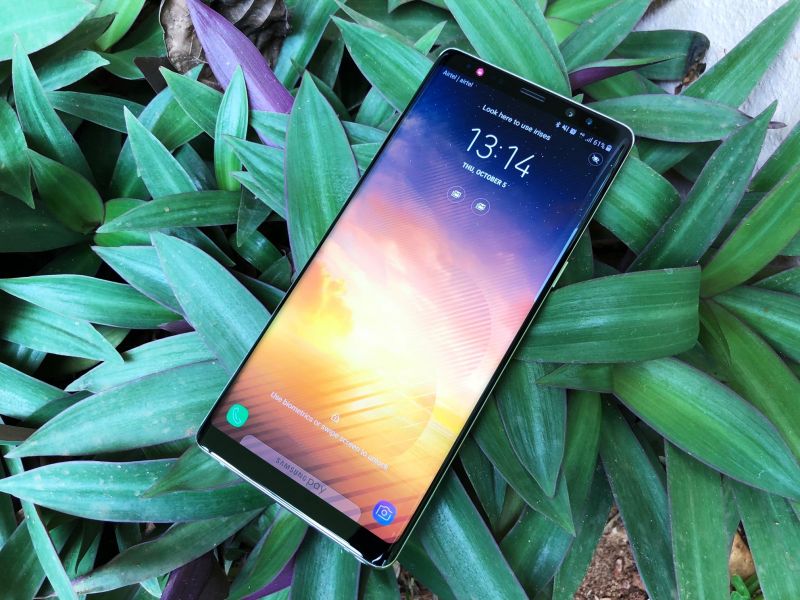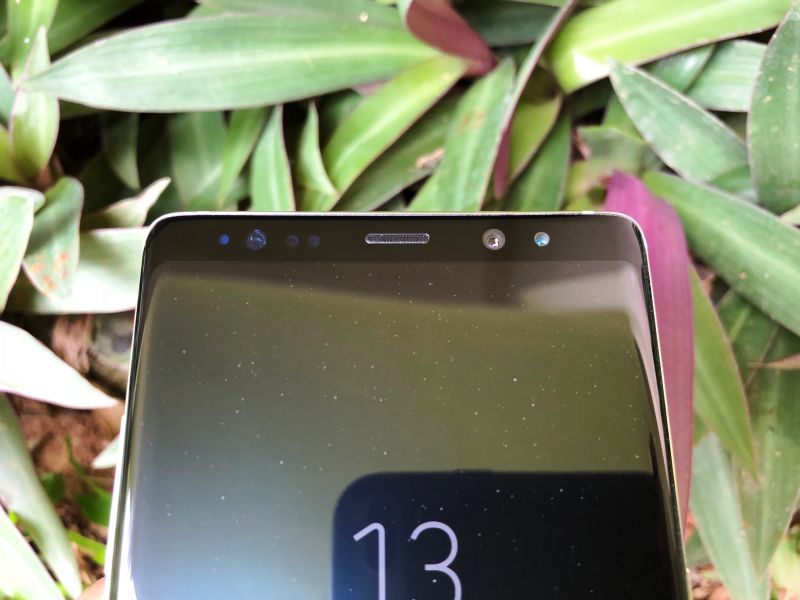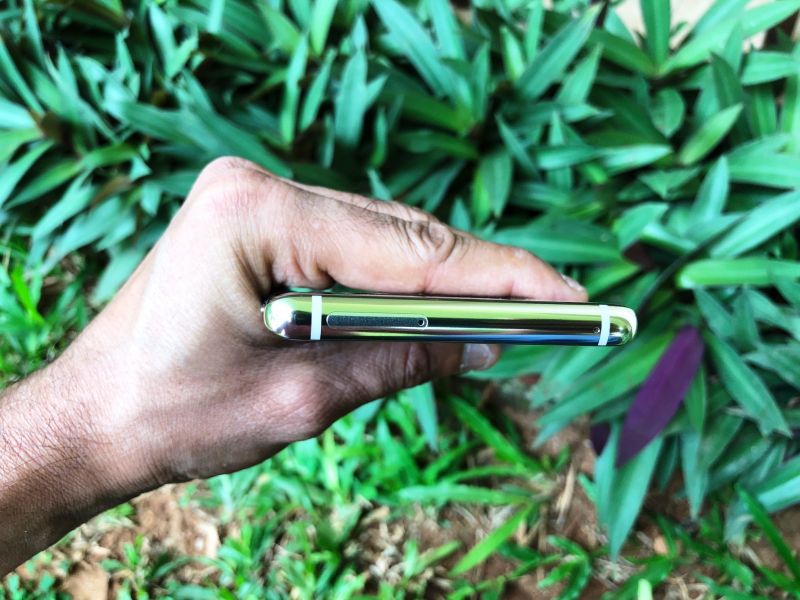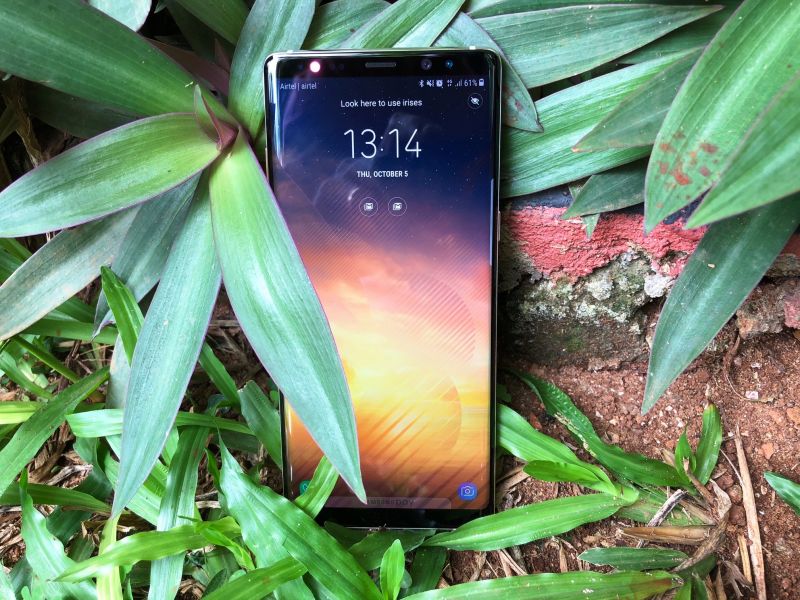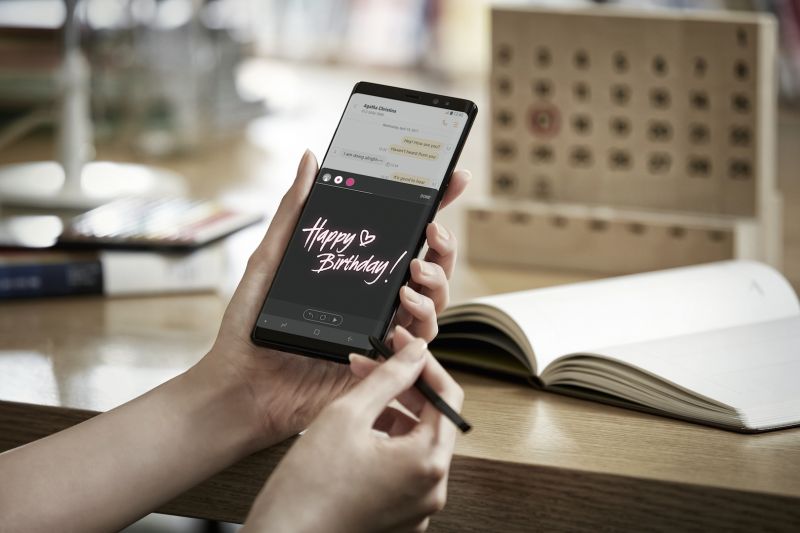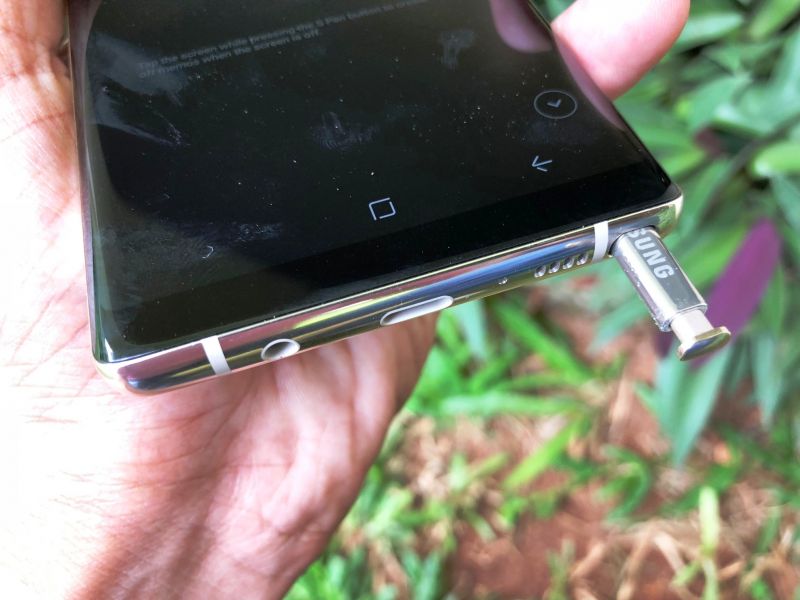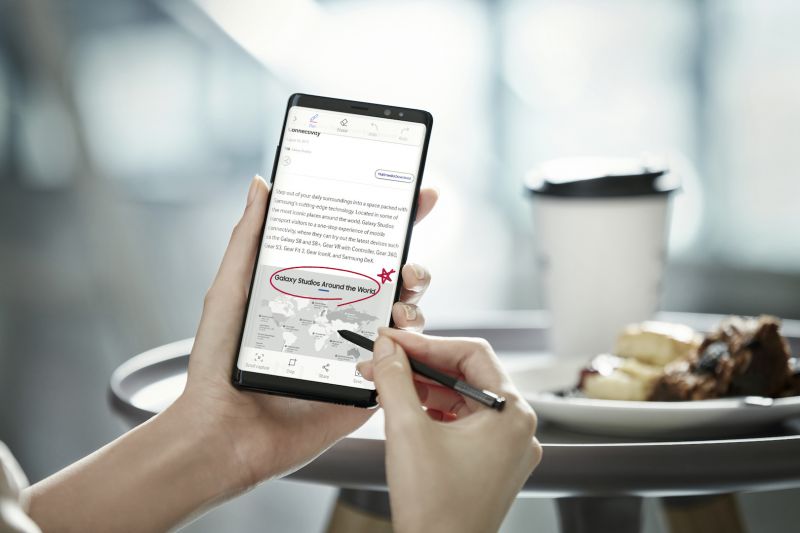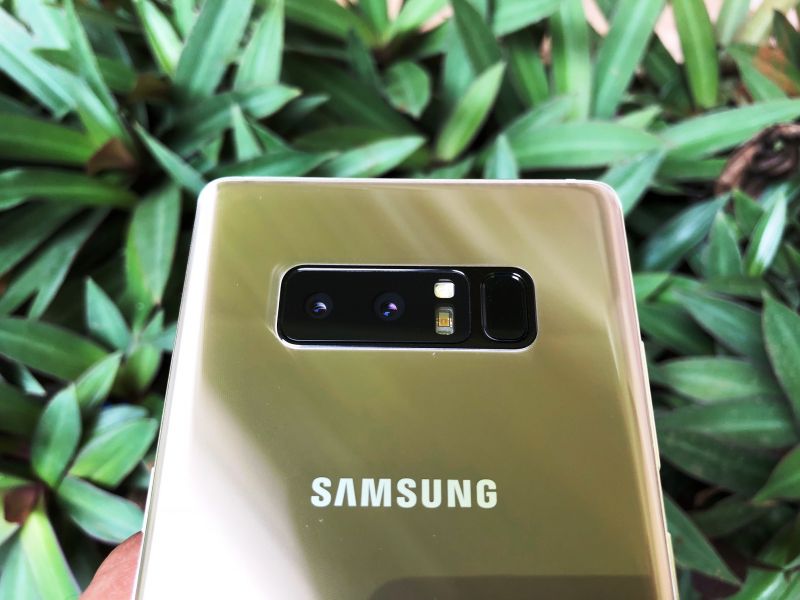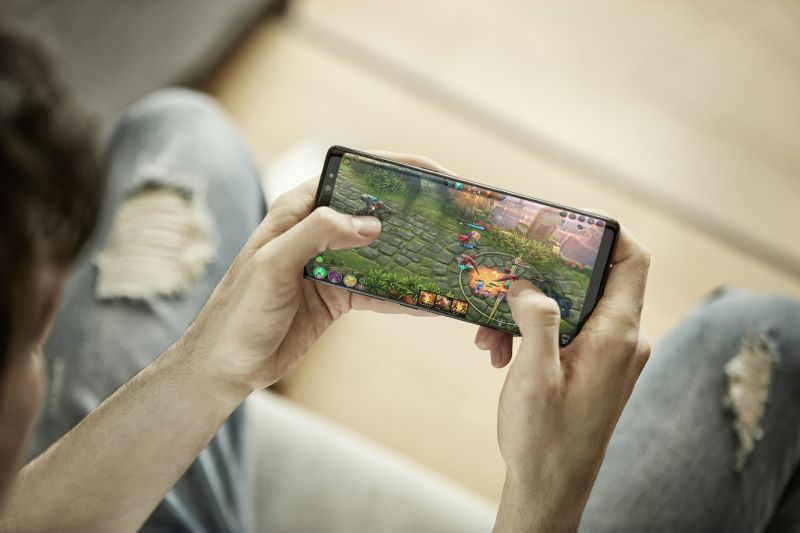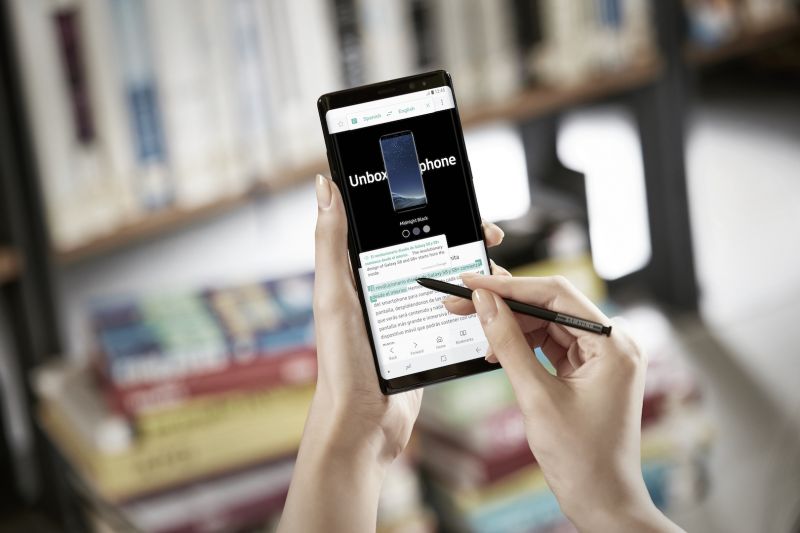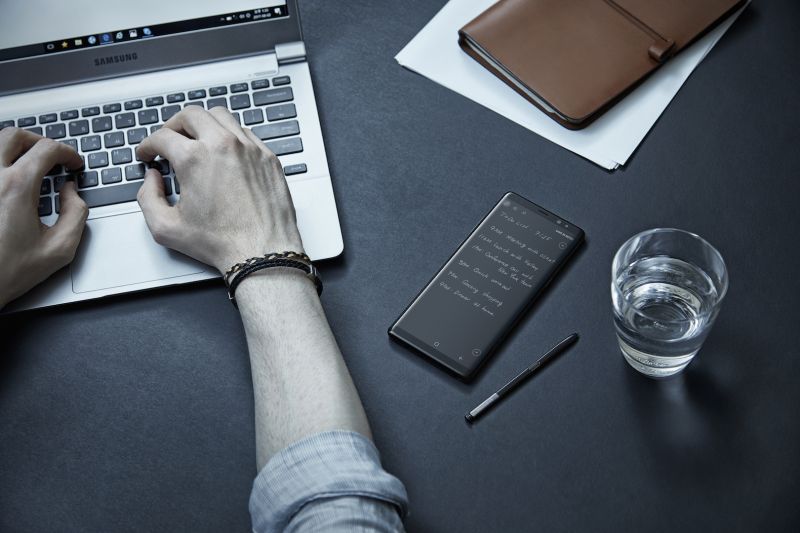Samsung Galaxy Note 8 review: a 'Note-worthy' comeback
Samsung's most premium offering is essentially a Galaxy S8+ that comes with all the bells and whistles of the Note series.
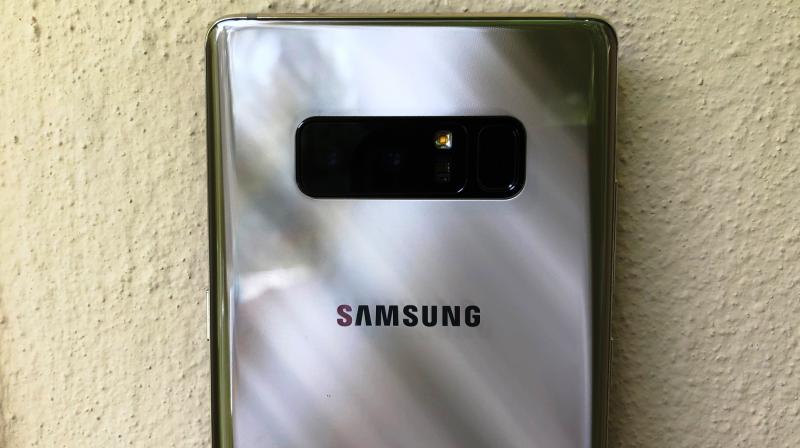
The Samsung Galaxy Note 8 marked the humble arrival to the phablet market and also as a rival to the iPhone 8 and the 8 Plus. Some said the Note branding almost died with the Note 7, but they were wrong! Samsung pulled up its sleeves and got to work towards a new Note and we now have the Note 8.
One of the first impressions we had was that the phone looked beautiful. While the Galaxy S8 and the S8+ consisted of a more rounded and friendly design, the Note 8 looks to awe its customers with sharper edges and a more square-ish camera module. The display still gets the iconic InfinityEdge design where the left and right sides of the screen slope off to the side, with the ultra-thin top and bottom bezels.
The Galaxy Note 8 gets a Corning Gorilla Glass 5 protection, on both front and back. The rear looks shiny and is a massive fingerprint magnet. Using it for a few minutes results in numerous smudges on the rear, but is not a letdown. We have used other shiny phones before, and the Note 8 seemed just fine with the smudges. One would anyways opt for a case to protect the device from accidental falls and scratches.
Build quality is top notch. The shatter quotient is hard to guess considering we did not drop the device. However, looking at different drop tests across the internet, we can assume that the device will definitely crack if it falls from a considerable height — but which one does not! Because it’s Gorilla Glass 5 — the glass is soft so that it bends upon impact and not crack immediately, but again, it is not as scratch resistant as the Gorilla Glass 4 or 3. Our review unit encountered minor scratches soon after it was unboxed. Also, the Galaxy Note 8 is IP68-certified, which means it is waterproof even after being immersed in water for 30 minutes.
The front houses the camera and iris scanner alongside the earpiece and an LED notification light. On the bottom, there is nothing visible, although the lower portion of the screen is actually a pressure-sensitive home button which could be used to wake the phone. On the left are the volume rockers and the dedicated Bixby button, while the right has the power button. The lower edge contains the headphone jack, loudspeaker, and the legendary pop-out S Pen stylus. Lastly, the top sports the multi-SIM hybrid slot.
The rear panel is home to the two primary cameras, an optical heart-rate monitor, an LED flash, and a fingerprint scanner, which is pretty hard to reach — thanks to the large form factor design.
You might think that the massive 6.3-inch screen will be hard to operate for people with small hands (read ‘us’), but we were pleasantly surprised with its 18.5:9 aspect ratio, which was a joy to use — it's slim.
This does not mean that the phone can be operated one-handed all the time. It is comfortable to hold in one hand — whether be it scrolling through Facebook, or using the pattern to unlock; however, the phone is best used with both hands. We, however, tested out the one-handed mode which was weirder than we thought and switched swiftly to normal mode.
The Note 8 display can be operated at three modes — WQHD+ at 522ppi, FHD+ at 392ppi, and HD+ at 261ppi. The last mode is automatically activated in battery saving mode. The Performance mode does as it is said — super performance, but at the cost of battery life.
Apart from technicalities, the display is exceptionally good and bright. The brightness can rise to an eye-watering 1200 nits. To get this in perspective, a good laptop screen will get you to 300 nits, and a top of the line HDR TV will go up to 1000 nits. Interestingly, the brightness count of the display refuses to go below 340 nits under normal conditions.
The AMOLED display shows clean whites, dynamic vivid colours and makes watching movies or anything on the display a breeze. Because Samsung disables its full WQHD+ mode by default, we found it tough to come to terms with the fact that this super-expensive display is being wasted most of the time.
One of the cool features we had already seen earlier and now again on the Note 8 is the Always On display which gives you the option of keeping the display on with a black and white clock, battery information and media buttons.
This is a great feature until we checked Samsung’s power options and found out that the feature can decrease your battery life by over an hour every day. Also, it does not seem to turn off even when the phone is in your pocket, thus wasting more battery. This seems like a great feature, but when battery capacity is constricted (lesser than the Galaxy S8+), we turned it off. Samsung should use the front sensors to detect pocket or bag mode and turn off the Always On display to save on battery.
There was a time when Samsung’s TouchWiz design was not so good with its childish icons, massive bloatware, bizarre sound effects and slightly sluggish performance. This has all changed. The rebranded Samsung Experience skin looks mature and looks the part when compared to other Android phones.
We recently saw the launch of Bixby for the Indian market for which we were excited about, but there were few shortcomings. Commands such as “Open Facebook and write new status which says “I love Apples”” work perfectly. Bixby is also capable of opening the Settings app, making a phone call, and opening the camera. Google Assistant can open Camera and phone call task, but not the Facebook commands.
The shortcomings we saw was that Bixby understands only two languages — English and Korean. In English, it only understands US English, which means it gets things wrong, especially names. Also, Bixby has a massive setup and learning process — so in time, we should see things getting better. To be brutally honest, we turned off Bixby and carried on just fine with Google Assistant. We have nothing against Bixby, we just think it needs a lot of work before it actually goes for the real world.
The Edge Panel also looks great but again begs the same question, which is that there are only a handful of devices in the market with edge displays (read Samsung devices) which can perform a whole bunch of stuff which can also be accomplished by swiping on the Home Screen. The part where we liked the Edge especially was opening two apps at the same time in a split-screen mode. It looked cool at first, but later on, we completely grew out of it.
The Samsung Experience is customisable with themes, icon sets, fonts and other things which are downloadable from the Samsung Themes or Galaxy Apps Store. This varies in quality but looks good. The downside, you cannot change the default emoji set, which means you have to learn a whole new set of emojis and their location.
The S Pen is a standard fitting on every Note. The writing experience is natural and the screen supports over 4,000 pressure sensitive points, which means tiny adjustments in pressure will change how your scribbles and doodles appear.
The integration into the software interface is really intelligent. The best part is the ability to take super-quick notes, even when the phone is in standby mode. Just pulling out the stylus activates the screen and you can start writing without having to unlock the phone or tapping around.
Another feature is the shortcut wheel, which can be found when you press the pen’s single button. This brings up the ability to take a new note, take instant screenshots and write on it, translate onscreen and even start screen recording to be saved as an animated GIF file. Overall, the S Pen does not feel like a gimmick and is actually very useful.
The Galaxy Note 8 gets a dual rear-facing camera, presumably to differentiate it more from the Galaxy S8+. The main camera is a 12MP sensor behind a wide-angle, f/1.7 lens. The second is another 12MP sensor with a zoom lens which provides 2X optical zoom with a f/2.4 aperture.
The primary camera produces highly detailed shots, which is detailed, dynamic, and vivid shots. Also, there are loads of modes to choose from, and also there is a Pro mode for adjusting settings such as shutter speed, ISO count, and manual focus. The camera also features optical image stabilisation (OIS), which means photos rarely get distorted due to motion blurring.
The second sensor on the primary camera has double the focal length of the main camera and allows you little freedom to zoom in on a subject, which is further away, or which would benefit from cropping. Because the aperture is not as wide as the main sensor, you will lose some photo quality, but in certain situations having this zoom is extremely advantageous.
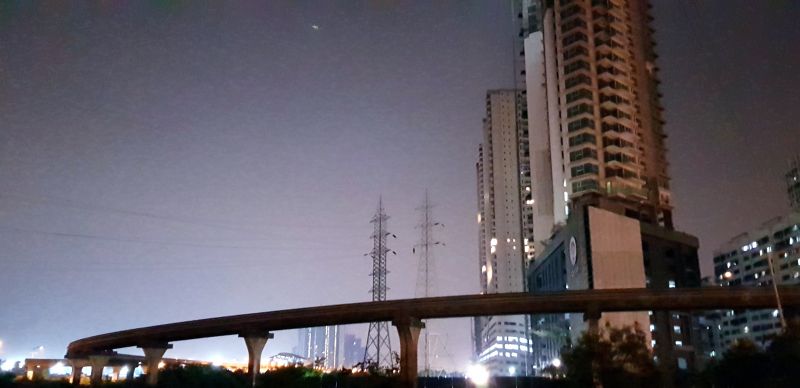
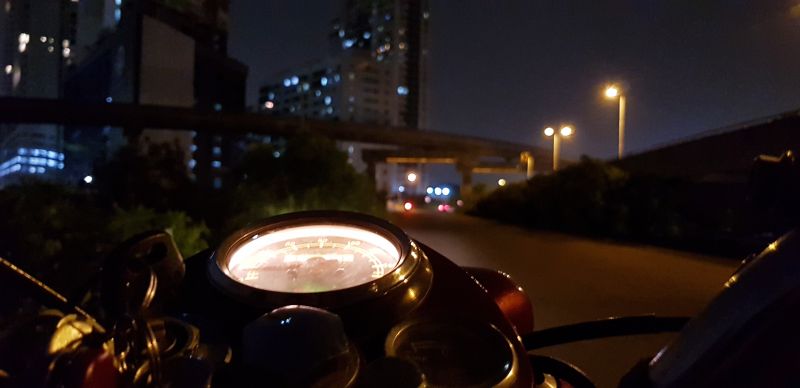
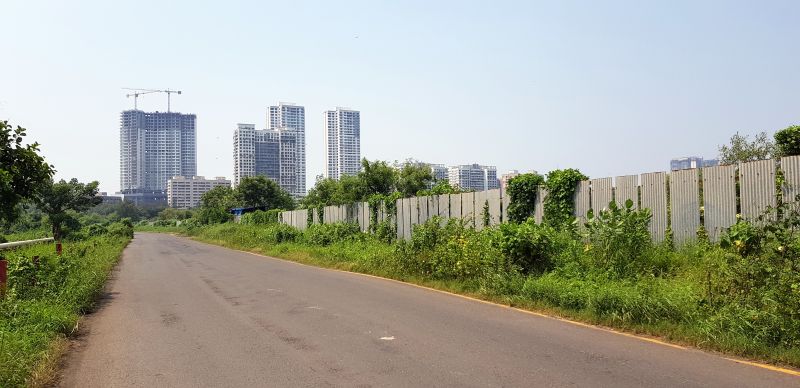
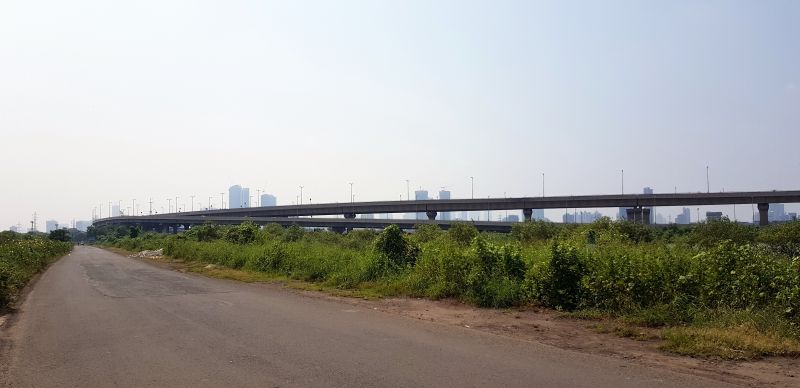
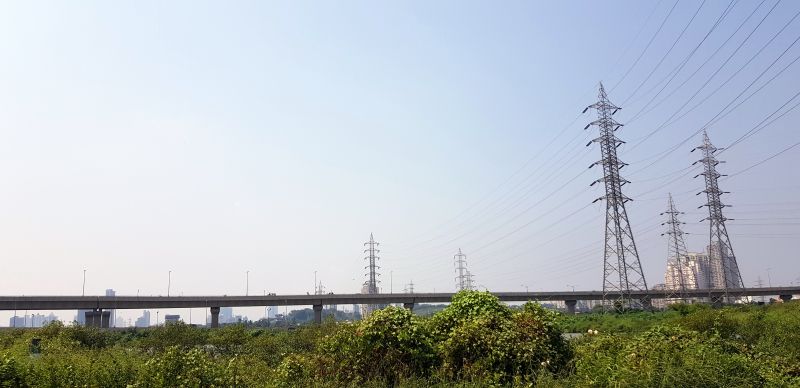
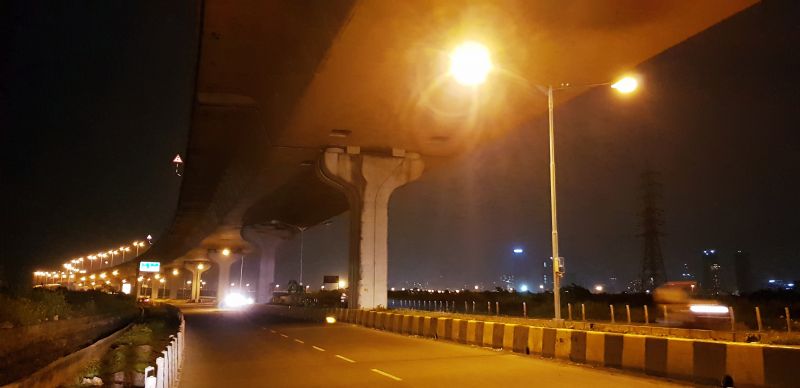
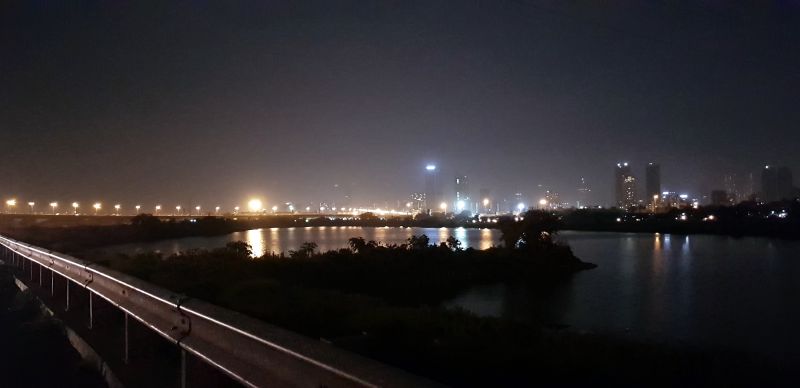

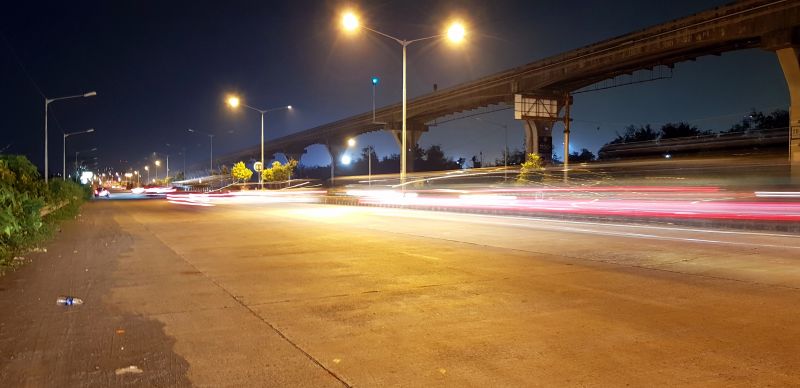
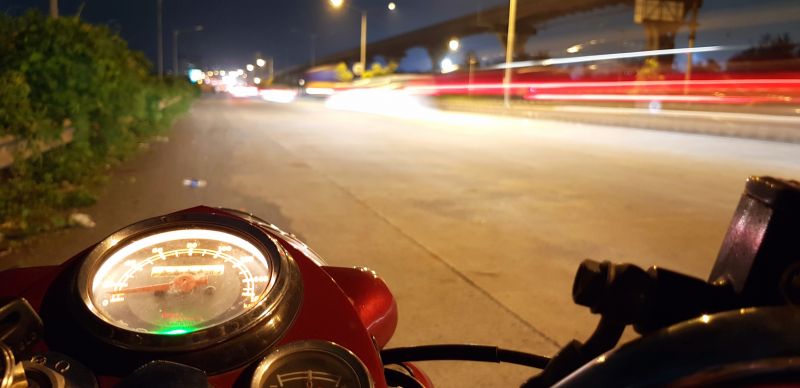
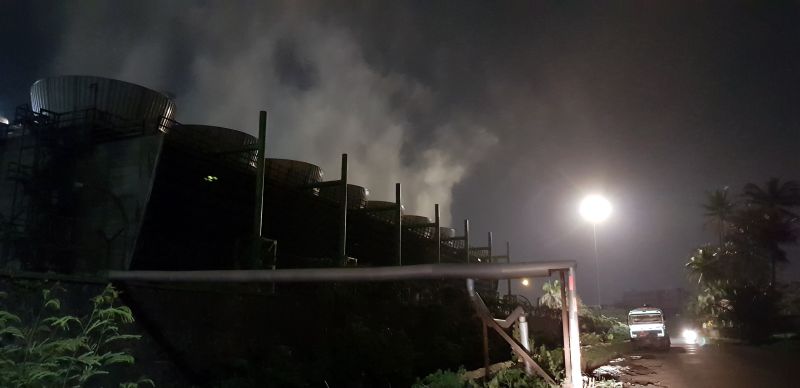

One major feature of the zoom lens is the Live Focus tool. This is also called as the “Bokeh mode” which is present on most dual camera systems on various smartphones, but Samsung calls this feature, “Live Focus.”
This feature allows you to shoot from the zoom lens while the main sensor understands the background. Together, these lets you de-focus the background while you’re shooting to create very classy-looking portrait photos.
The Live Focus feature requires you to be around 4 feet from your subject, and would immediately stop focusing if there is not enough light. The system gives some truly good shots and tends to go haywire sometimes. We did manage to get some “bokeh” shots out of the dual-cam system.
If you hated your “Bokeh” image, fret no more; for the wide-angle lens camera also takes a shot at the same time which means you can toggle between the bokeh picture and the standard picture. This feature is what sets the Note 8 apart from its rivals like the Huawei P10 and the iPhone 7 Plus.

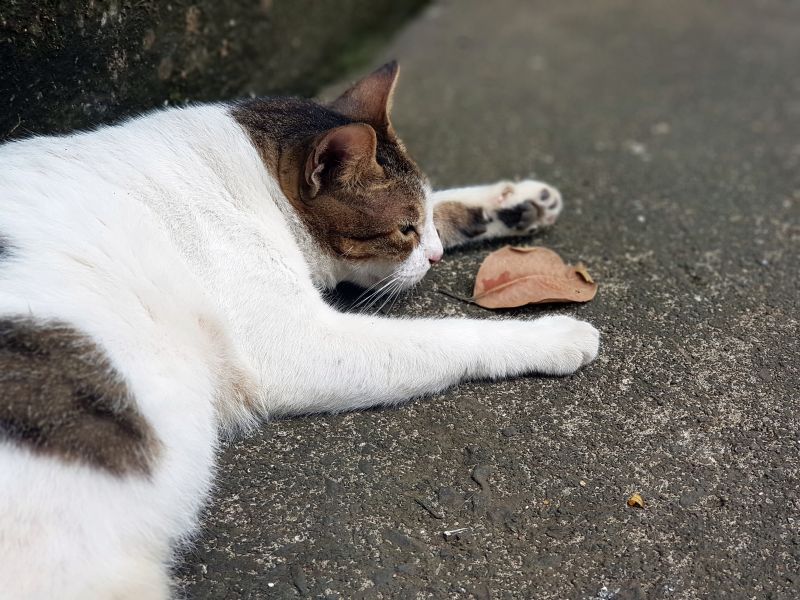
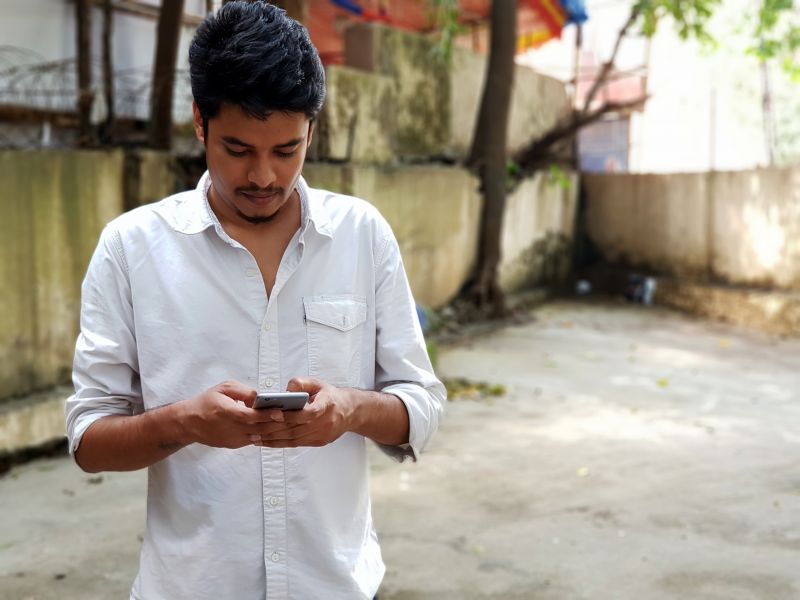


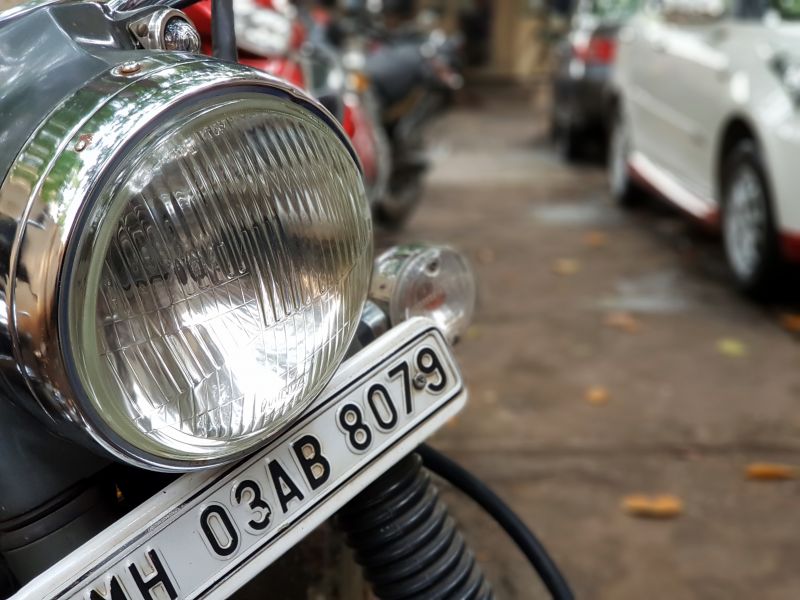
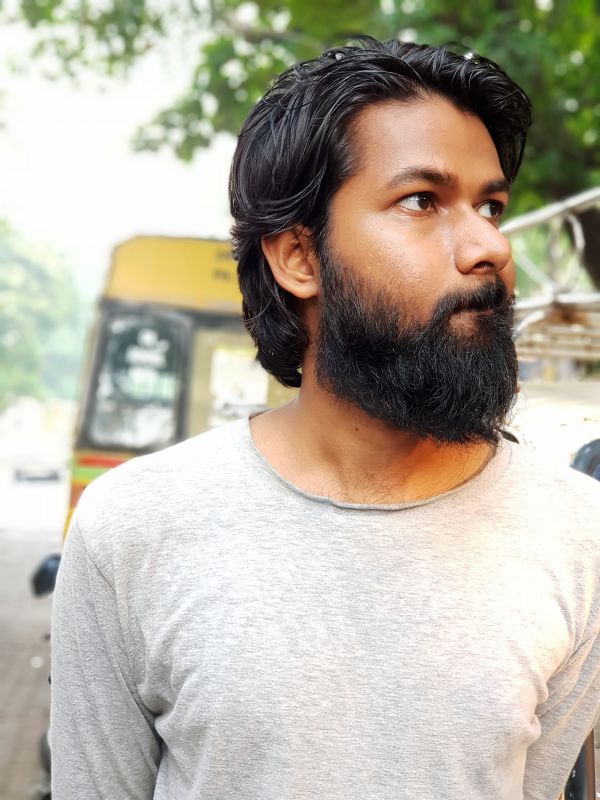

In terms of video, the camera can shoot slow-motion video at 720p at 240fps, which we thought was cool. Normal video is decent as well and can be shot beyond the standard FHD resolution, all through QHD which is still not 4K. We were slightly disappointed because of the absence of 4K. On the contrary, Samsung did a thoughtful job of not relying on 4K video, the sole reason being that the world is not yet ready for full-fledged 4K videos.
The front-facing camera is good too. This produces natural shots with plenty of detail and a wide lens to fit at least three people easily in the frame.
Now, we had been waiting for Samsung to bring out their prodigal phone after what happened to the Note 7. Samsung launched the Galaxy S8/S8+ with its InfinityEdge display and we were impressed with it. The only slight disappointment was that Samsung has chosen to ship the S8/+ with its in-house manufactured Exynos 8895, and not the Snapdragon 835, in India and a few other countries. However, after we used the phone we were not disappointed.
Then came the Note 8 where we were not surprised to see it performing almost identical to the S8/+. It managed a score of 2000 and 6636 in the single- and multi-core tests respectively. The Note 8 also managed a respectable 171,413 AnTuTu score which is more or less, similar to its S-badged siblings.
The Note 8 flew through tests in regular use. Apps and web pages open in a flash. We played graphics intensive games like the Real Racing 3 at its best possible settings. The Note 8 could be you super competent work companion and hence we had zero complaints.
In the battery department, the Note 8 started off with a bang, and by the end of the day, would disappear in a puff of smoke. No, we are not talking literally but the Note 8 contains a 3300mAh battery unit, which is incidentally smaller than its S8+ sibling.
The smaller battery was an off put, considering the screen is brighter, and users like us will be doing a lot of web browsing, social media, streaming music and taking photos which meant we were left scurrying around for a charger by the end of the day. The upside was the charging though. We saw it go from 6 per cent of the battery to 99 per cent in under 90 minutes with the supplied charger.
With optimised modes which can be used on MID and MAX mode, one can expect over 16 hours of battery with only 25 per cent of the battery. No, we are not kidding, but Samsung’s battery saving feature works like a breeze.
Finally, we arrive at the question, is it worth it? The Note 8 will set you down by a whopping Rs 67,900. Now, we are not saying you should not buy the Note 8. The Note 8 is a brilliant piece of mobile computing and excellent camera systems, all together with the S Pen thrown in. But then, you can have the similar sibling without the squared edges, S Pen and a dual camera ( the S8 series) for a lower price. If screen size is not an issue, then you can go lower for the Galaxy S8 at Rs 53,900 for which you get the same computing power and lesser bokeh effect, and obviously no S Pen.
A stunning yet worthy comeback for the Note brand — so, we will say here is that if that extra pen and the new camera's features interest you, the Galaxy Note 8 will be a decent buy to be your work companion.

